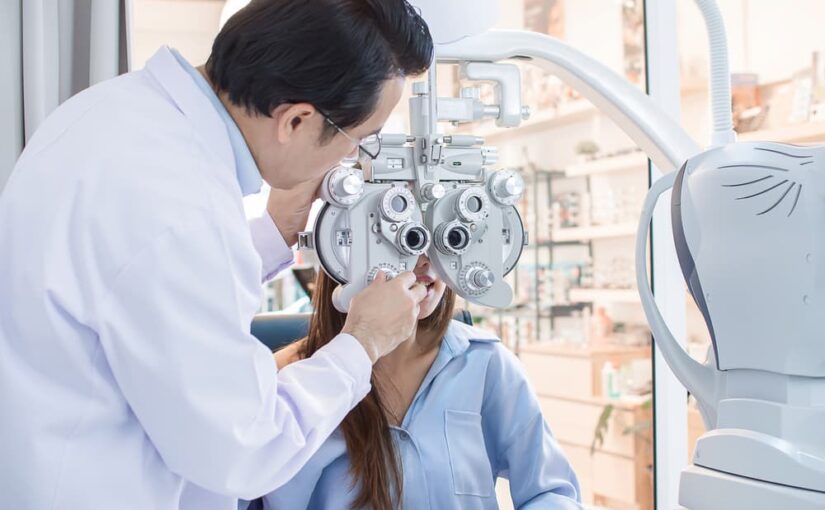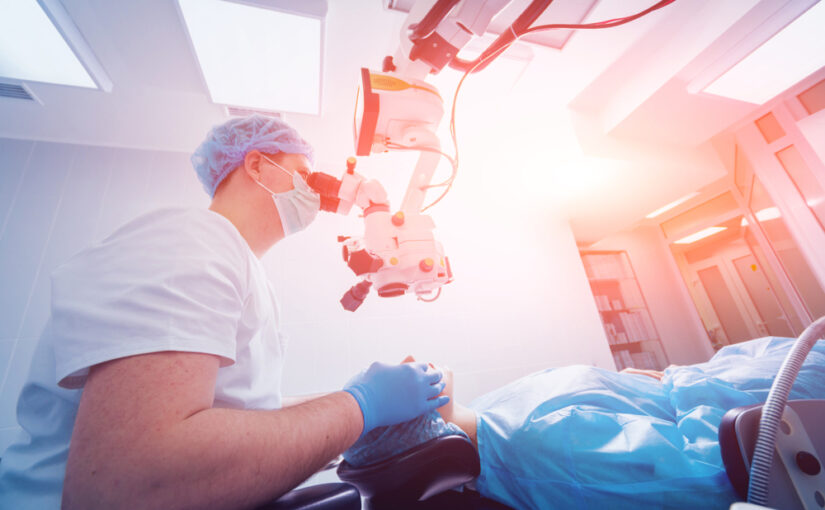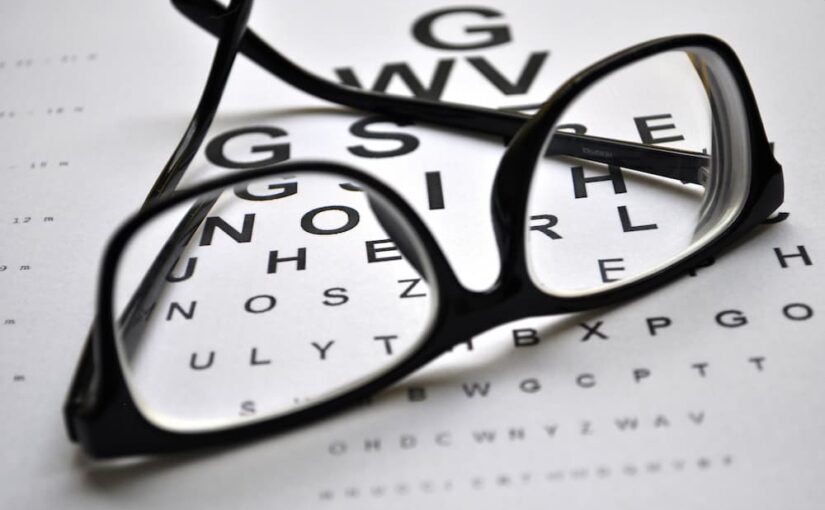You may need to see an eye doctor in Western, MA, for routine screenings, vision correction, or diagnosing and treating conditions involving the eye. “Eye doctor” is a broad term that may include both ophthalmologists and optometrists. Depending on the type of services you need, you may be able to go to either. Nevertheless, because there are some situations in which it is more appropriate to go to one or the other, you should learn about the differences between them and what each one does.
What Is an Optometrist?
Optometrists are vision health professionals licensed to provide primary vision care. To become an optometrist, a person has to earn a doctor of optometry degree from a special postgraduate program at an accredited school after college. While optometrists are referred to as doctors, they do not hold medical degrees.
Optometrist eye exams are used for routine screening for diseases and identifying changes in vision that may require corrective lenses. Optometrists can prescribe glasses or contacts for people who need vision correction but have limited ability to diagnose eye diseases and prescribe medications to treat them. Because they are not medical doctors, they cannot perform eye surgery.
What Is an Ophthalmologist?
An ophthalmologist is a medical doctor who specializes in vision care and eye health. They attend four years of medical school and serve an internship to earn an M.D. or D.O. degree, just as general practitioners do. Then, they serve a residency specific to ophthalmology for several more years before they are ready to practice independently.
Ophthalmologists can do everything that optometrists can do. In addition, because they hold medical degrees, ophthalmologists can perform more detailed medical eye exams to diagnose serious conditions.
Which Doctor Do I Need To See – Optometrist or Ophthalmologist?
You should see an opthalmologist for severe diseases of the eye. These include conditions that could cause complete vision loss, such as macular degeneration, glaucoma, or cataracts. If surgery is a treatment option for your condition, an ophthalmologist can perform it or, if not, provide more advanced conservative treatments than you would be able to receive from an optometrist.
Both ophthalmologists and optometrists are qualified to provide routine eye care for generally healthy people with no known serious eye complaints. Either can perform eye exams, diagnose vision changes, and prescribe corrective lenses for patients. Which professional you choose for these services is up to you.
During a routine exam, an optometrist may see signs or symptoms of an eye disease that is beyond their scope to diagnose and treat. Your optometrist can then refer you to an ophthalmologist if you have an advanced condition or one that requires surgery. On the other hand, you may go to an ophthalmologist first for your routine eye care, who may be able to continue to provide treatment for you if it turns out that you have a serious eye condition that requires surgery or other, more in-depth treatment. However, while all ophthalmologists are qualified to perform surgery, some choose not to. Therefore, you may still require a referral.
Schedule Your Eye Exam in Western Today
Dr. John Frangie is an award-winning ophthalmologist who has been practicing for nearly 30 years. He is one of the first to have offered laser surgery for LASIK and cataracts as an alternative to traditional surgery that uses blades. Contact us for a consultation.
Image Source: Ann Rodchua / Shutterstock










